6T- How to Measure Ground Resistance and Optimize Grounding Grid
This course is suitable for engineers with a desire to understand the fundamentals of earthing resistance measurements. Presented details cover issues related to different measurement methods including two and three point measurement method, fall of potential method, touch potential measurements, ground grid integrity measurements, etc. Upon successful completion engineers will be able to understand theory and practical ground resistivity measurement methods which will provide a solid understanding for further engineering work.
In “How to Measure Ground Resistance and Optimize Grounding Grid” course, you'll learn...
- -Effect of ground electrode size and depth on resistance
- -Effect of soil resistivity on ground electrode resistance
- -Factors affecting soil resistivity
- -Effect of ground electrode depth on resistance
- -Ground resistance measurements
- -Two-Point ground resistance measurement method
- -Three-Point ground resistance measurement method
- -Fall-of-potential ground resistance measurements method
- -Measuring resistance of ground Electrodes (62% Method)
- -Multiple electrode system
- -Soil resistivity measurements (Four-Point measurement)
- -Touch potential measurements
- -Clamp-On ground resistance measurement
- -In-Field measurement
- -Ground grid integrity measurements
- -PV system characteristics and potential hazards
- -Relevant safety standards and codes
- -Possible injuries and basic first aid concepts
Overview The term ground is specified as a conducting link by which a circuit or device is connected to the earth. The link is used for establishing and keeping as closely as possible the potential of the ground on the circuit or device linked to it. A ground consists of a grounding conductor, a bonding connector, its grounding electrode(s), and the soil which is in contact with the electrode. Grounds have few basic protection applications. For natural phenomena, such as lightning, grounds are used to secure a discharge path for the current to decrease shock hazard to staff and to avoid damage to equipment and property.
For induced potentials due to failures in electric power systems with earth returns, grounds help in ensuring quick operation of the protection relays by giving low resistance fault current paths. This allows clearing the induced potential as fast as possible. The earth has to drain the induced potential before staff is injured and the power or communications equipment is damaged. In ideal conditions, to keep a reference potential for instrument safety, to protect against static electricity, and limit the equipment earth voltage for operator safety, an earth resistance needs to be 0 Ω. However, in reality, this value cannot be reached. Also, low earth resistance is demanded by NEC, OSHA, and other electrical safety codes and regulations. This course is suitable for engineers with a desire to understand the fundamentals of earthing resistance measurements. Presented details cover issues related to different measurement methods including two and three point measurement method, fall of potential method, touch potential measurements, ground grid integrity measurements, etc. Upon successful completion engineers will be able to understand theory and practical ground resistivity measurement methods which will provide a solid understanding for further engineering work.
| Learning Objectives | This course teaches the following specific knowledge and skills:
|
|---|---|
| Contact Hours | 6 Horas |
| CIAPR courses | CURSO TECHNICO |
| Instructor | Velimir |
| Devices | Desktop, Tablet, Mobile |
| Language | English |
Custom Tab Content
At vero eos et accusamus et iusto odio dignissimos ducimus qui blanditiis praesentium voluptatum deleniti atque corrupti quos dolores et quas molestias excepturi sint occaecati cupiditate non provident,
- Similique sunt in culpa qui officia deserunt mollitia animi.
- Nam libero tempore cum soluta nobis est.
- Itaque earum rerum hic tenetur a sapiente delectus ut aut reiciendis.
Custom Tab Content
Sed ut perspiciatis unde omnis iste natus error sit voluptatem accusantium doloremque laudantium, totam rem aperiam, eaque ipsa quae ab illo inventore veritatis et quasi architecto beatae vitae dicta sunt explicabo.
Nemo enim ipsam voluptatem quia voluptas sit aspernatur aut odit aut fugit, sed quia consequuntur magni dolores eos qui ratione voluptatem sequi nesciunt.



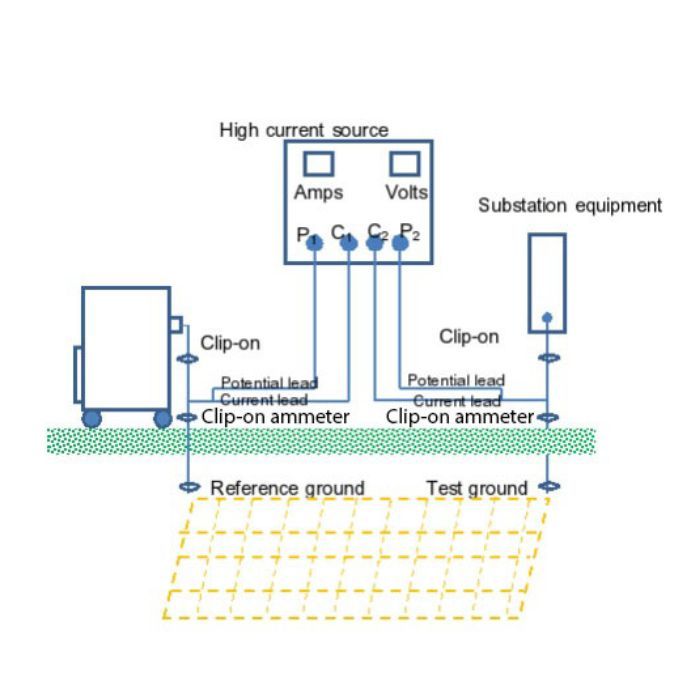
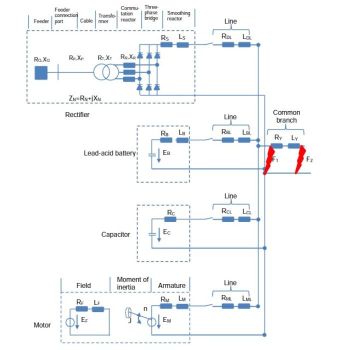

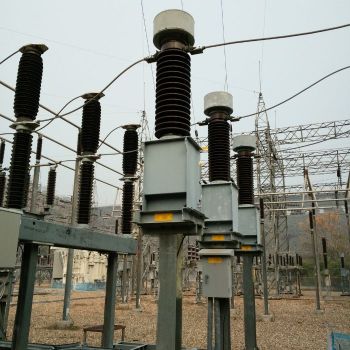

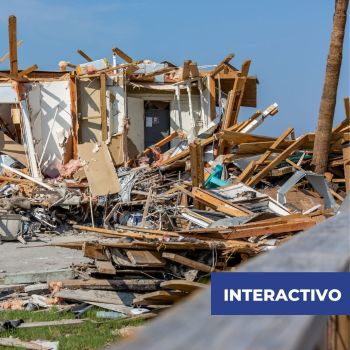
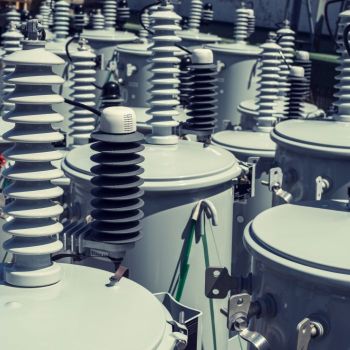
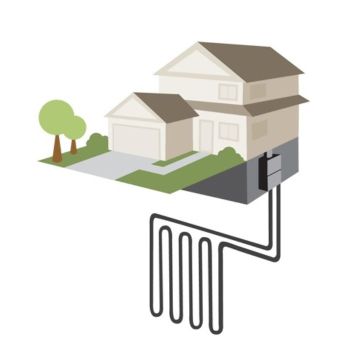
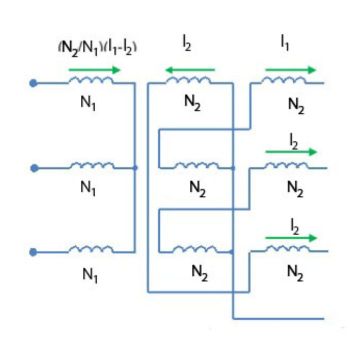
Validate your login
Sign In
Create New Account